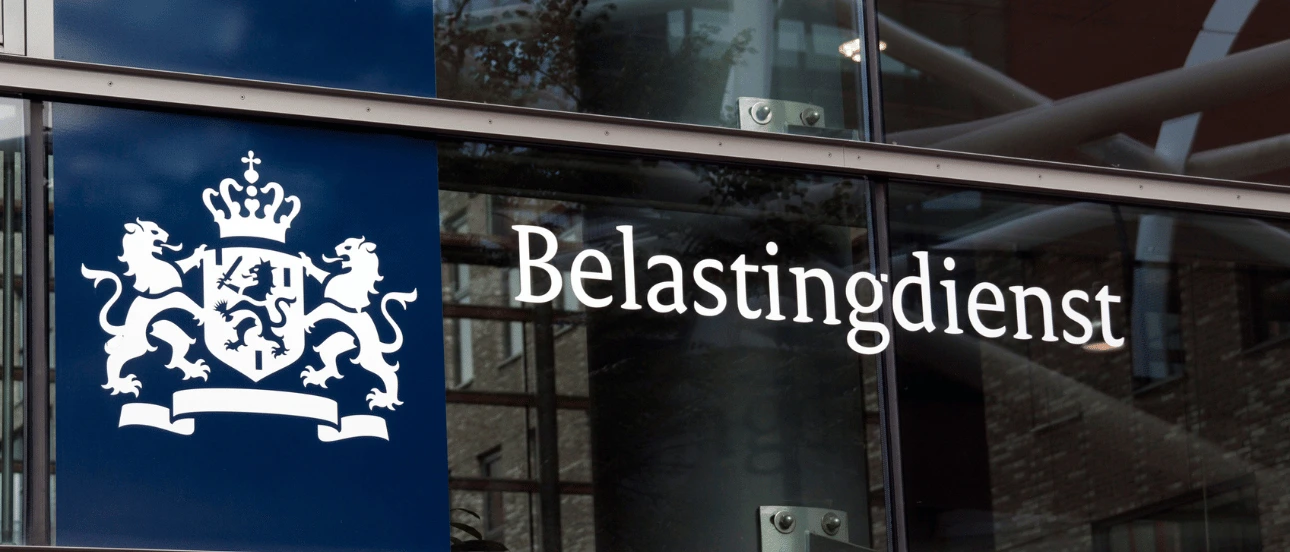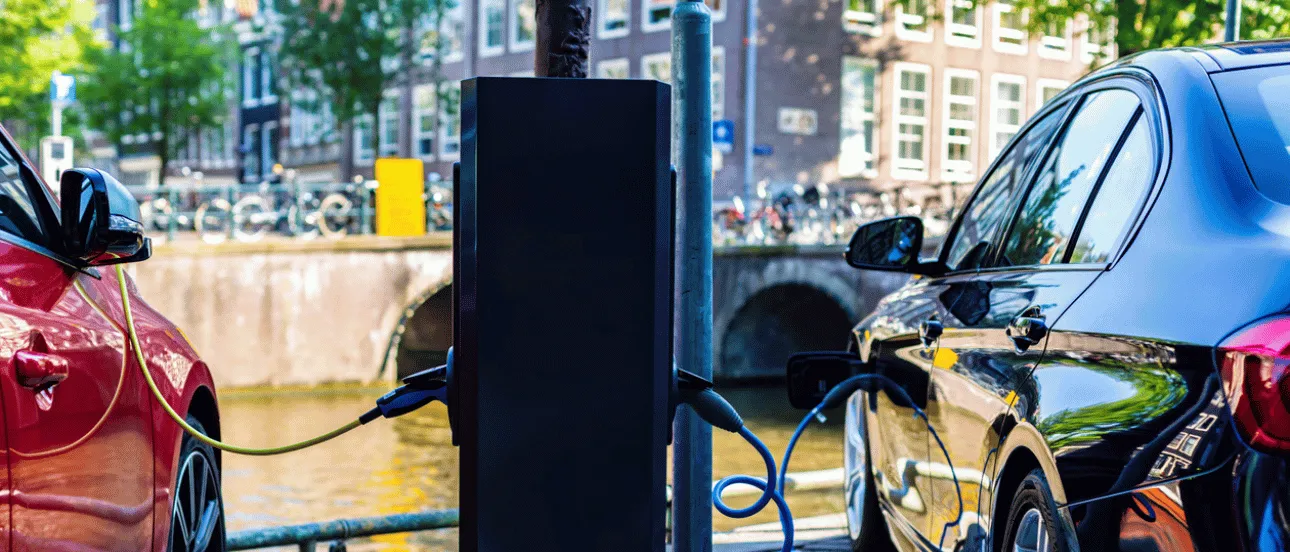When is there VAT on a taxi ride?
In the Netherlands, you pay VAT on most taxi journeys 9%. This is called the 'low rate' and applies to short passenger transport. Are you travelling in an ordinary taxi? Then there is usually 9% VAT on the price. Do you opt for luxury transport, such as a private driver or a limousine? Then the high rate of 21% often applies. That's because this no longer counts as ordinary taxi transport.
Can you deduct VAT as a self-employed person?
Is your taxi ride work-related? Then you can often deduct the VAT. For example, when you go to a customer, have a business appointment, have to go to a training course or attend a networking event. Make sure the trip is really business-related. Are you travelling by taxi from home to your workplace? Then you may not deduct the VAT. This is because the tax authorities consider this to be private transport.
Take note: you can only deduct VAT if you are liable for VAT. Do you use the small entrepreneur scheme (KOR)? Then you may not reclaim VAT.
Need receipt or invoice?
To reclaim VAT, you always need proof. A receipt from the taxi is usually sufficient. Make sure it shows the total amount, the date, the VAT rate and the name of the taxi driver or company.
But does it not clearly state the VAT amount? No problem. Then you may calculate it yourself. To do so, use the correct rate (e.g. 9% over the total amount).
How do you process this in your accounts?
Record the taxi ride as a business transport cost in your accounts. Enter the VAT as input tax in your VAT return. And book the cost itself as travel expenses or transport expenses (whichever you think is best).
Conclusion
So, do you make business taxi rides as a self-employed person? If so, you can often reclaim VAT. Make sure your trips are clearly business-related and always keep a receipt or invoice. This will keep your records tidy and save you money.






